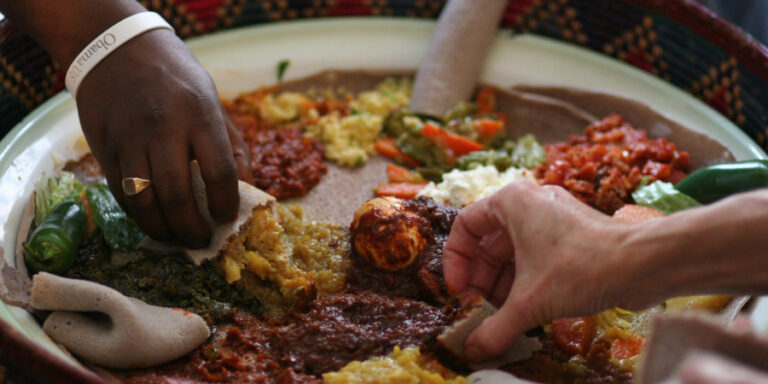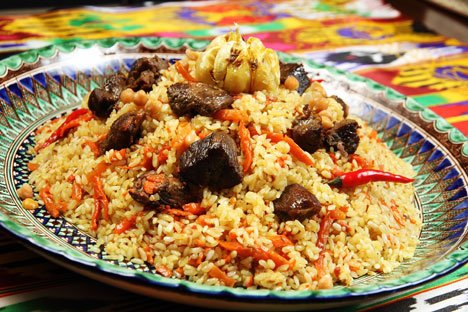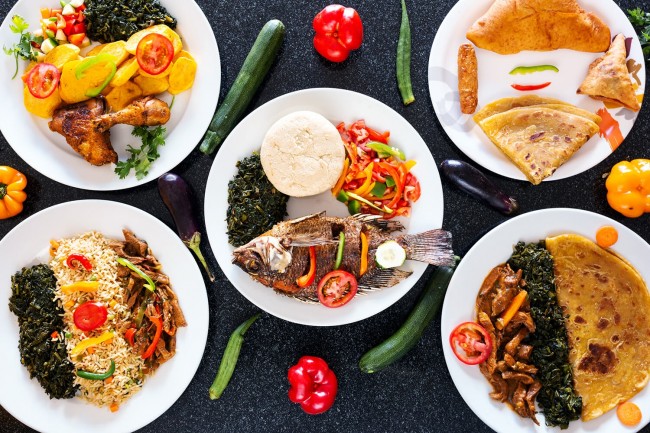Introduction: Ethiopian Cuisine
Ethiopian cuisine is a unique and flavorful culinary tradition that has been around for centuries. It is known for its diverse range of spices, seasonings, and flavors that are used in both meat-based and vegetarian dishes. Ethiopian cuisine is heavily influenced by the country’s geography and history, and it reflects the cultural diversity of the country.
Staple Foods of Ethiopian Cuisine
The staple food of Ethiopian cuisine is injera, a spongy flatbread made from teff flour. It is used as a base for most Ethiopian dishes and is eaten with various stews and vegetables. Other staple foods include lentils, chickpeas, and various vegetables such as potatoes, carrots, and cabbage. Meat dishes, such as beef and chicken, are also commonly eaten in Ethiopian cuisine, but there are plenty of vegetarian options available.
Vegetarian Options in Ethiopian Cuisine
Ethiopian cuisine offers many vegetarian options, making it a great choice for vegetarians and vegans. Some of the most popular vegetarian dishes include shiro wat, a spicy chickpea stew, and misir wat, a spicy lentil stew. Other vegetarian options include atakilt wat, a vegetable stew, and gomen, a dish made with collard greens. Vegetarian platters that feature a variety of vegetarian dishes are also available at many Ethiopian restaurants.
Spices and Seasonings in Ethiopian Cuisine
Ethiopian cuisine is known for its unique blend of spices and seasonings, which give its dishes their distinctive flavor. Some of the most commonly used spices include cumin, coriander, cardamom, turmeric, and fenugreek. The spice blend berbere, which includes chili peppers, garlic, ginger, and other spices, is also a staple in Ethiopian cuisine.
The Role of Injera in Ethiopian Cuisine
Injera is a crucial component of Ethiopian cuisine, serving as a base for many of its dishes. It is a sourdough flatbread that is made from teff flour, which is highly nutritious and gluten-free. Injera is used to scoop up the various stews and vegetables that are served with Ethiopian cuisine.
Ethiopian Beverages for Vegetarians
Ethiopian cuisine offers a variety of beverages that are suitable for vegetarians and vegans. One popular choice is tej, a honey wine that is made from fermented honey and water. Another popular beverage is coffee, which is an important part of Ethiopian culture.
Vegan-Friendly Ethiopian Dishes
Ethiopian cuisine has many dishes that are vegan-friendly, making it a great choice for vegans as well as vegetarians. Some popular vegan dishes include kik alicha, a mild yellow lentil stew, and tikil gomen, a dish made with cabbage, carrots, and potatoes. Vegan platters that feature a variety of vegan dishes are also available at many Ethiopian restaurants.
Conclusion: Ethiopian Cuisine for Vegetarians
In conclusion, Ethiopian cuisine is a great choice for vegetarians and vegans, offering a wide variety of vegetarian and vegan options that are flavorful and satisfying. With its unique blend of spices, seasonings, and flavors, Ethiopian cuisine is a delicious and nutritious culinary tradition that is well worth exploring. Whether you’re looking for a hearty lentil stew or a spicy vegetable dish, Ethiopian cuisine has something for everyone.










